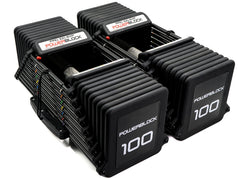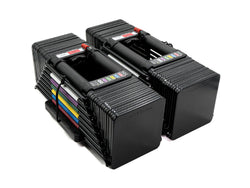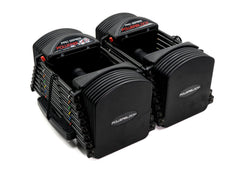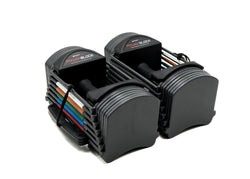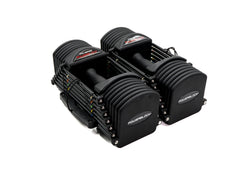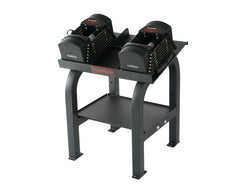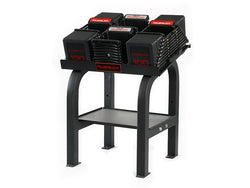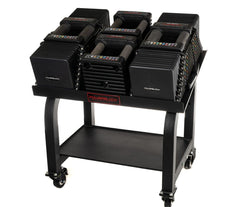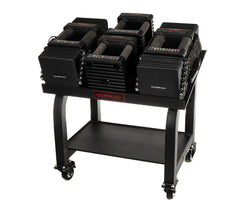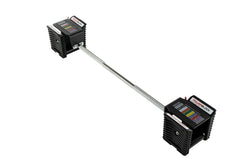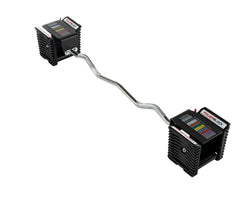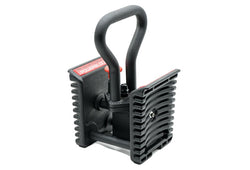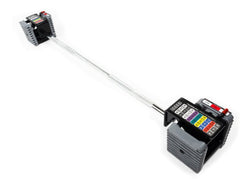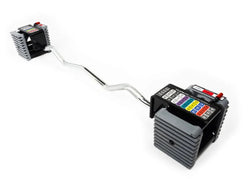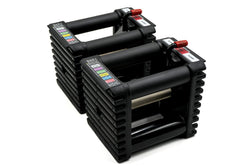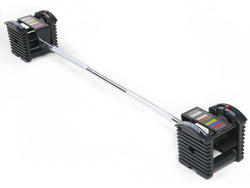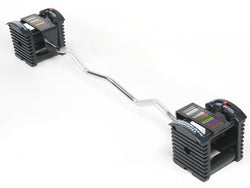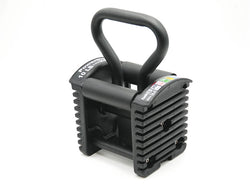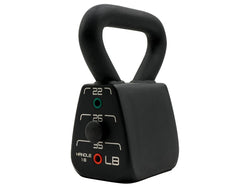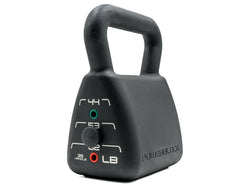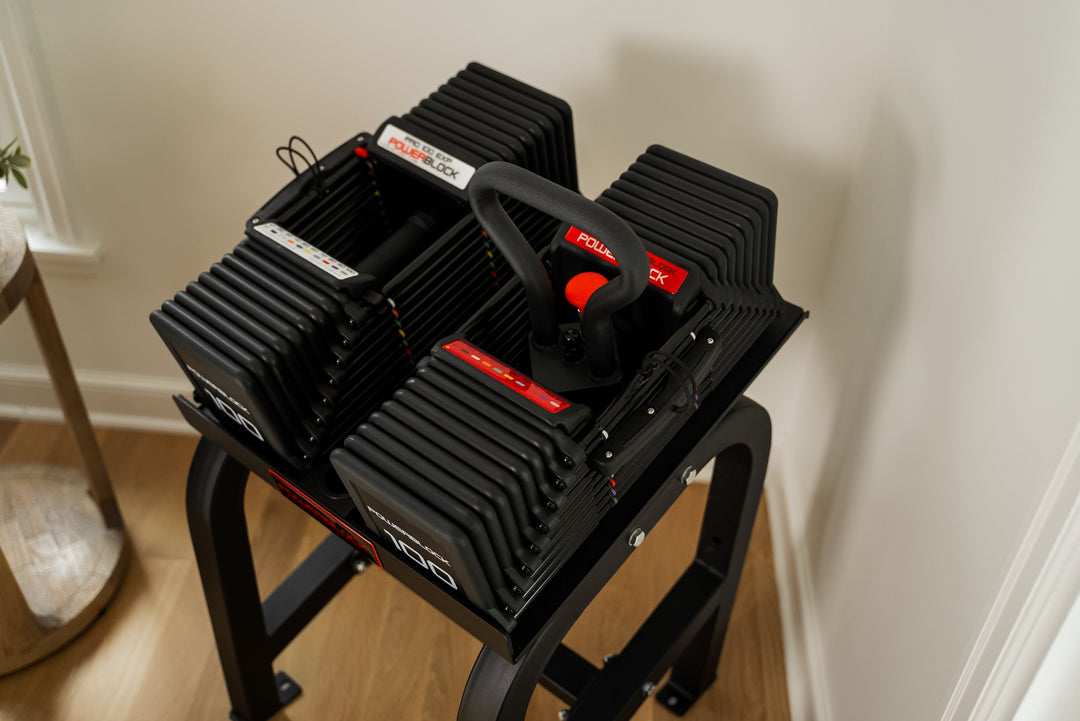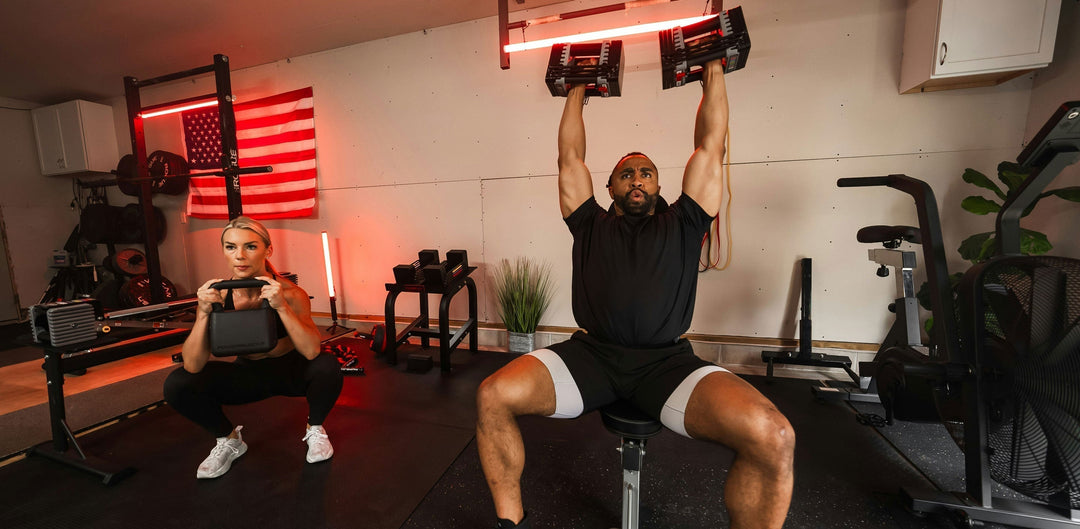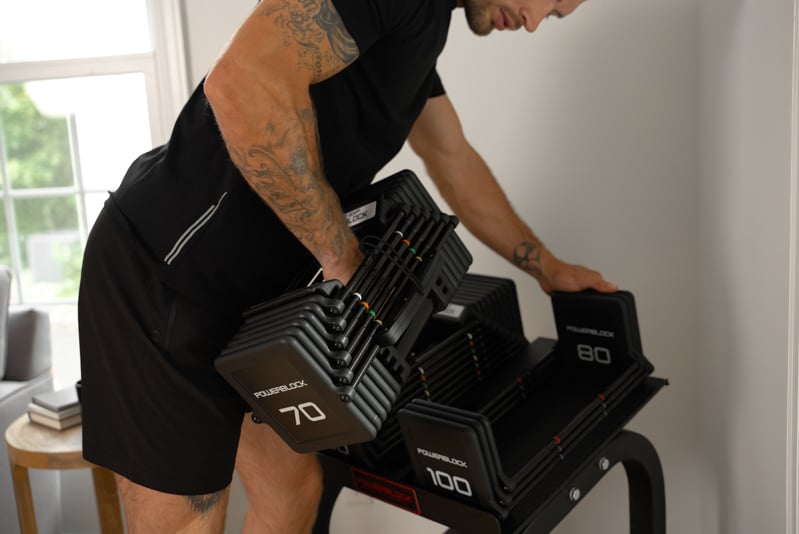The Science Behind Adjustable Dumbbells and Muscle Growth
Building muscle isn’t as complicated as the professionals want you to think. It all comes down to one question, are you training for it? With all of the different workout styles out there, it’s easy to get lost in what you should do for your goals. Building and maintaining muscle is one of the most popular ones. The problem most people face is not knowing where to start.
Building Muscle
If your primary fitness goal is to build muscle, it’s important to understand two basic principles: hypertrophy, nutrition, and training splits. These three principles are the foundations for ensuring you’re hitting your goals and making gains. Remember, however, Rome wasn’t built in a day, and neither will your body.
Hypertrophy
Hypertrophy is a training style that is primarily focused on time under tension (TUT) and progressive overload. This time is what causes the muscle to adapt and change and, therefore grow, progressive overload is what makes sure the muscle is constantly being challenged so that it continues to grow. This isn’t to say that week by week you’re going to see massive muscle and strength gains, it’s a slow process, how slow is up to you and how much you’re willing to push through any mental block you may have.
Time Under Tension
To break it down further, TUT is how long it takes you to get through a set. The goal range is between 30 and 60 seconds.
Rep Ranges
This can be accomplished with a rep range of 6-12, with the 8-10 range being the sweet spot. It depends on where you’re at within your training phase. 6-8 reps is a great hypertrophy range while also focusing on strength, 8-10 is that sweet spot, and 10-12 is great for adding a little more volume (reps) to the set, but more on that later.
Timing
You may be asking, “Well how am I supposed to do that many reps in that amount of time? I could fly through those reps.” Your answer is focusing on the negative portion of the rep, that part where you’re relaxing the targeted muscle, and might not be using a heavy enough weight. The negative rep should take between 3 and 4 seconds, slow and controlled. You own the weight, not the other way around.
Increase the Weights
Even if you’re still controlling the weight but you’re not fighting for that last 1-2 reps, you’re not going heavy enough for your body to promote change and grow muscle, which brings us to progressive overload.
Progressive Overload
Progressive overload is just as simple as TUT. It’s the process of slowly adding weight to your sets over time. When you buy a program or a good buddy of yours writes one for you, the first step is to figure out at what weight are you hitting muscle failure in the rep range given. This means that if your rep scheme is 8-10 reps for a given movement, you can’t perform any more than 8-10 reps. This may take a few weeks to get down, so use a notebook or a training app to record this.

Fight for the Extra Rep
From there, your goal is to get one more full rep. For example, let's say you’re performing a dumbbell bench press. Right now, you feel like you can’t get more than 9 reps moving 50lbs. Next week, go for 10, even if you fail, you tried to get one more rep. That causes the body to adapt.
Get Started With Expandable
A great part about PowerBlocks Adjustable dumbbells is they're expandable. Take for instance the Pro 100 EXP, the Dumbbells has 4 tier options for you to choose from. Stage 1 goes from 5-40lbs, with the expansion in stage 2, you gain another 20lbs to add to your dumbbells, stage 3 another 20, and stage 4 another topping you off at 100lbs for your dumbbells. Your dumbbells can expand and get heavier as your progressive overload training gets you stronger.
Nutrition
A solid nutritional foundation is key to gaining muscle and recovering from your workouts. Your biggest focus should be getting enough protein in daily. If you’re trying to add muscle, your goal should be 1-1.2 grams of protein per pound of body weight per day. If you’re trying to maintain muscle and lose weight your goal should be 1-1.2 grams of protein per pound of your goal weight. Fill out your meals with veggies, fruits, good grains, and healthy fats to help get to your daily caloric goals.
Training Splits
There are two typical split types regarding hypertrophy and progressive overload training. The first is what some might call a Bro Split, the second is a Push, Pull, Leg split.
Bro Split
The bro split is simple and easy to follow. You train one muscle group per day of the week. It could look something like this: Legs, Chest & Triceps, Back & Biceps, Shoulders, and Arms. You could have a body part that you want to grow a bit more so instead of training 5 days per week you train 6 or within your 5-day split you add in a second day where it’s not the primary focus. For the 6-day split, let’s say you’re wanting to grow your legs. Your split could look something like this:
-
Quads
-
Chest & Triceps
-
Back & Biceps
-
Shoulders
-
Glutes & Hamstrings
-
Arms.
This split allows you to maintain focus on individual portions of your legs so they get extra stimulus to grow.
The other option is to add in the body part on a second day when it’s not the key focus. For this example, let’s say you want to grow your chest. Your split could look something like this:
-
Legs
-
Chest & Triceps
-
Back & Biceps
-
Shoulders & Chest
-
Arms.
On your shoulder day, you’d add in one or two chest exercises after you’ve trained shoulders, focusing on a chest fly movement rather than a pressing movement.
Push, Pull, Legs
A push, pull, legs (PPL) split is exactly how it sounds, you train your pushing muscles, then your pulling muscles, and finally legs. The difference here and the bro split is that once you complete the first round of PPL, you go back into the cycle, getting a total of 6 workouts per week and hitting each grouping twice.
Restart and Change Focus
You don’t necessarily have to do the same workouts twice a week, mix things up. Your first Push day could be chest-focused, whereas your second push day is more shoulder-focused. Your first Pull day could focus on the Lats and lower back and your second could focus more on the mid and upper back. The same goes for legs, quad and glute focused on day one, and hamstring and glute focused on day two. It’s all about how you want to set up your training.
Hypertrophy & Dumbbells
The great part about using dumbbells for hypertrophy work is that you can build a balanced physique. You should primarily focus on unilateral, compound, and isolation movements that hit failure.
Unilateral Movements
We often get muscle imbalances when a muscle group on one side of the body is bigger and or stronger than the same muscle group on the other side of the body because we rely on our dominant side more. Because dumbbells focus on unilateral movements, exercises that focus on one side of the body at a time, you can catch one side of the body up to the other.

The biggest difference between a unilateral movement and a bilateral movement is that with bilateral movements a lot of times both sides of the body are moving the weight, for instance, in a barbell bench press both your left and right sides are moving the weight. With dumbbells, however, a dumbbell bench press becomes a unilateral movement because each side of the body is moving independently from the other.
Compound Movement
Compound movements are typically the staple exercises for your workout. Your compound movements will typically incorporate the movement of two or more joints and muscle groups. A few examples are a bench press, a bent-over row, and a squat. These movements typically have a primary muscle moving the weight. Take the bench press, the primary mover of the weight is the pectoralis or the chest muscle. The supporting muscles are the triceps and deltoids, the shoulder muscle. These movements you will be significantly stronger because they are recruiting more muscle groups.
Isolation Movement
An isolation movement is the other type of movement that you will perform in your routine. Isolation movements will typically involve the movement of one joint and 1-2 muscle groups. These movements help with isolating one muscle and are placed towards the end of your workout to help put more emphasis on the target muscle for that day. Keeping up with the chest example, a dumbbell chest fly only uses the shoulder as the moving joint to better isolate the chest. Unlike with the dumbbell chest press, the dumbbell chest fly will be a weaker movement because you’re not recruiting as many muscle groups.
Unilateral Movements with Adjustable Dumbbells
The benefit of unilateral movements, as discussed, aids in decreasing muscle and strength on different sides of the body. Let’s take things one step further and discuss the benefits of PowerBlock Adjustable Dumbbells within your unilateral movements. One of the best parts of PowerBlocks Adjustable Dumbbells is the fact that you can add in an intensifier, an action that increases the total volume within an exercise, like drop sets or super sets. For instance, you’ve completed your last set of your dumbbell chest press but you want to tax the muscle more without moving the same weight, so you drop the weight. With your PowerBlocks, all you have to do is place them on the floor, change to your desired weight, and go right into your drop set, all without needing to rerack your weights. This seamless transition helps you keep your workout flowing.
